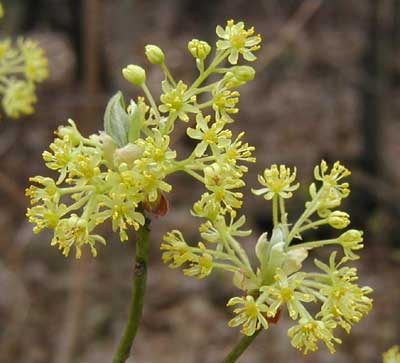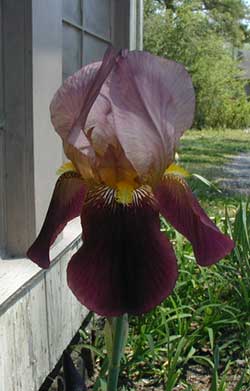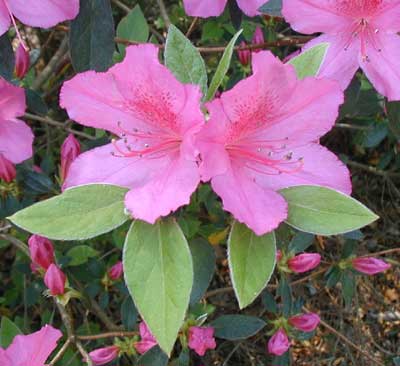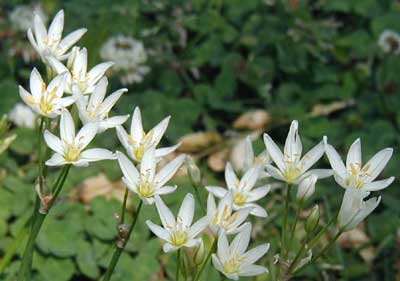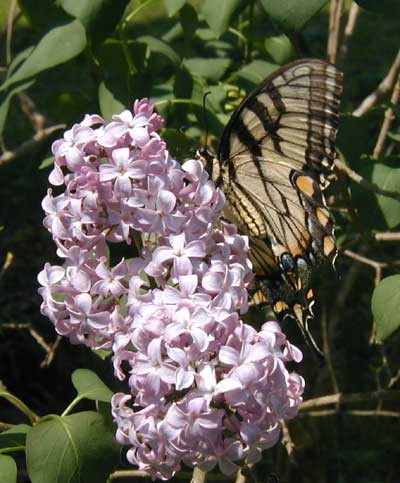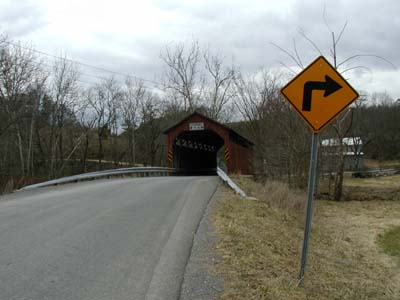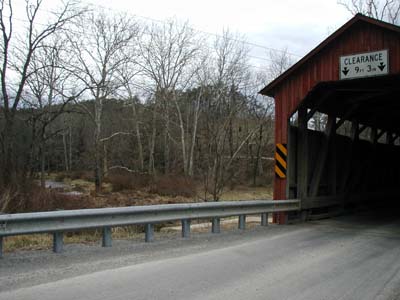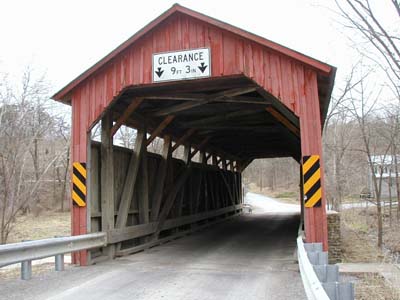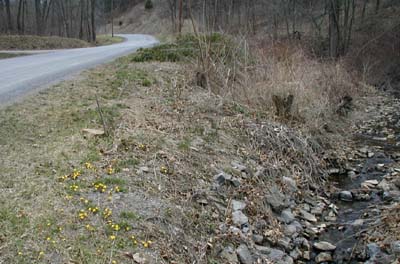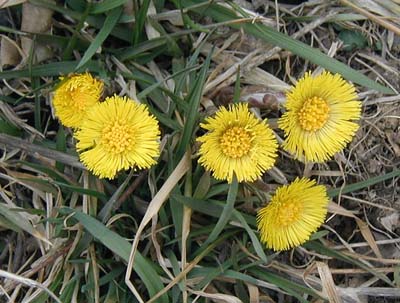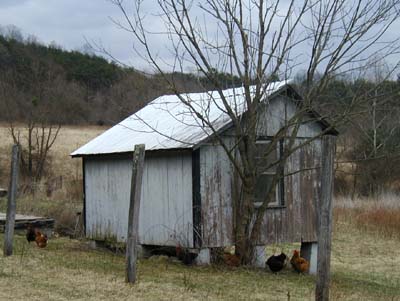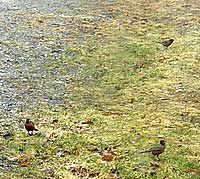The trees are beginning to leaf out in earnest now. Cherry trees are showing their white blossoms which are short-lived and last for about a week. On the left side of the drive you can see a cherry tree blooming.
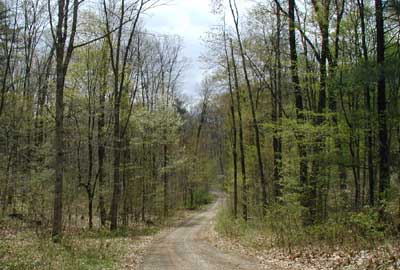
There is a little patch of Rue Anemone along the gravel road which comes back year after year. This patch receives morning sun and is shaded in the afternoon by a big oak tree. Rue anemone is also known as Windflower, Anemonella thalictroides. The three-lobed leaves are in whorls and the white to pink petals, sepals really, number 5 to 11. A root tea was used by Native Americans to treat diarrhea and vomiting. As always take caution in ingesting any member of the buttercup family, like Rue Anemone, as they are toxic to some degree.
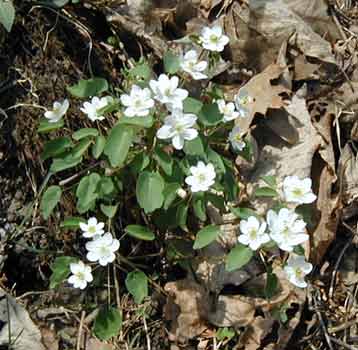
Mayapples are making their appearance for the season. Their large umbrella-like leaves emerge from the ground in a rolled-up fashion, slowly unfurling to a more erect posture. Here, a stand of mayapples is just coming up. Flowers of mayapple,
Podophyllum peltatum, will appear in a couple weeks.

Walking about the woods this week I did see my first snake — a small, brownish garter snake. I was surprised that I had not seen any snakes until this point in the season as we have been having unusually mild weather. Since the first sighting, a black snake and another garter have been spotted.
The dogwood trees are beginning to bloom. A faint white color is noticeable from a distance, but the blossoms should be more prominent in a few days.
A favorite tree of mine is Sassafras, Sassafras albidum. It is a member of the Laurel family along with cinnamon, sweet bay, avocado and spice bush. When the leaves or branchlets are broken they give off a pleasant odor. I’ll often break off a leaf or stem of sassafras for a little do-it-yourself aromatherapy. The sassafras flowers about the time the leaves are starting to appear. Male flowers have 9 stamens and female flowers have 6 sterile stamens and a central pistil. Each flower is small, 5 to 8 mm in diameter, and has 3 yellow petals and 3 yellow sepals that look alike.
